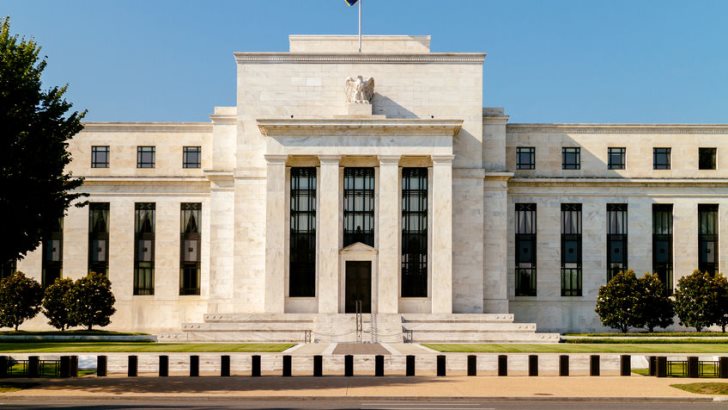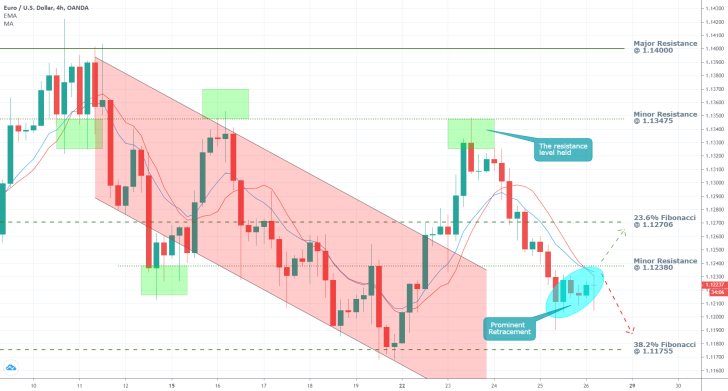
The Federal Reserve Board released the highly anticipated results of the 2020 stress tests of the US banking sector and the results are prevailingly optimistic.
All 34 banks participating in the economic review reportedly demonstrated resilience in the face of rising uncertainty on the financial markets, stemming from the still detrimental fallout from the coronavirus pandemic.
The tests involved three baseline scenarios examining a likely V-shaped recession, followed by recovery; a U-shaped recession, followed by recovery; and a W-shaped, double-dip recession, followed by recovery.
The underlying settings of all three scenarios were recently adjusted to fit into the context of the constantly evolving coronavirus crisis. The stress tests assumed much deeper unemployment levels (ranging from 15 to 19 per cent) compared to the initial design of the tests.
In that regard, the FED is doing all it can to incorporate the most recently observed economic trends, even as the underlying conditions are continually changing. The adverse impact of this unprecedented situation is especially prominent in the labour market. That is why this year's stress tests were even more important than usual.
Even with these downwardly revised assumptions of a much deeper recession, the US banking sector appears ready to face the challenges of these uncertain conditions. In FED's report, it is stated that:
"The banking system has been a source of strength during this crisis, and the results of our sensitivity analyses show that our banks can remain strong in the face of even the harshest shocks. […] the Board took several actions following its stress tests to ensure large banks remain resilient despite the economic uncertainty from the coronavirus event. For the third quarter of this year, the Board is requiring large banks to preserve capital by suspending share repurchases, capping dividend payments, and allowing dividends according to a formula based on recent income. The Board is also requiring banks to re-evaluate their longer-term capital plans."
Essentially, the FED is prompting the banking sector to bolster its savings rate in order to hedge against unknown economic risks. A higher savings rate is likely to calm down the still worried financial markets, as it entails more stability in the economy.
This calming factor could likely be felt across different markets and asset classes, which would put investors at moderate ease, at least for the time being.
The recent resurgence in newly confirmed COVID-19 cases in the US prompted a spike in demand for safe-havens, which is why the dollar soared alongside the price of gold.
However, if the underlying investors' fears are at least partially mitigated following the successful stress tests, then this trend could be offset. Consequently, we are likely to see a sizable drop in demand for the greenback.





















